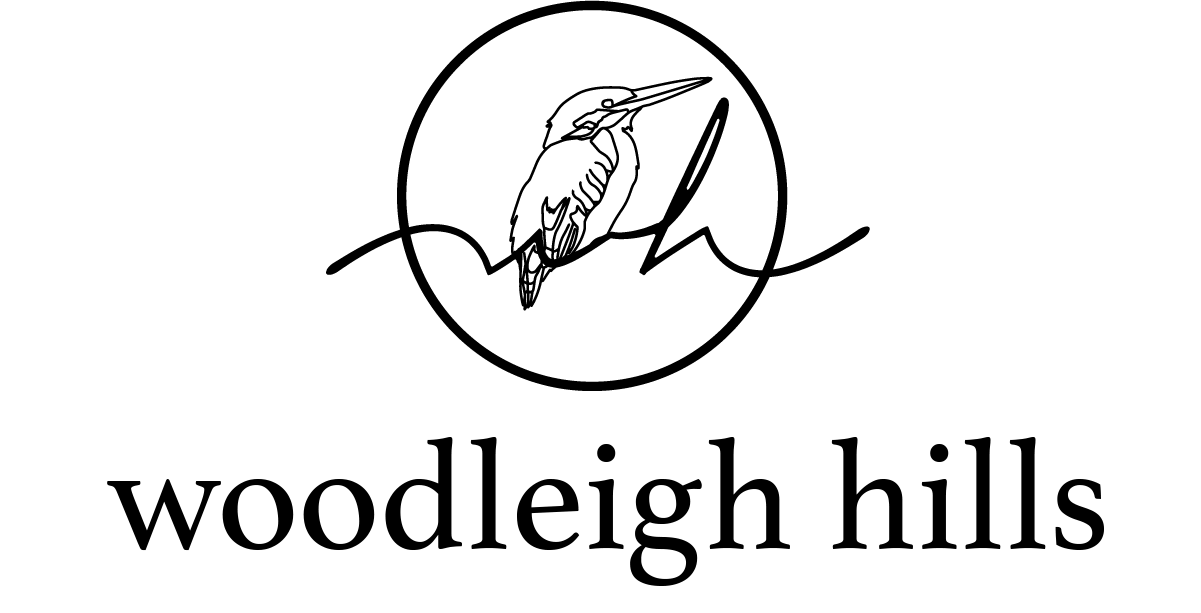Exploring the Anti-Inflammatory Potential of Geijera parviflora: Traditional Wisdom Meets Modern Science
Nature has always been a source of remedies for human ailments, and traditional medicinal practices hold a treasure trove of knowledge. Geijera parviflora, a plant with historical use in Australian Aboriginal medicine for pain relief, has piqued the interest of researchers. A recent study examined the plant's potential anti-inflammatory properties, aiming to validate its traditional use and shed light on the active compounds responsible for its therapeutic effects.
Unveiling Geijera parviflora's Medicinal Potential (200 words) The study involved the preparation of a crude extract from the powdered dried leaves of Geijera parviflora. Researchers focused on the CH3Cl fraction of the extract, isolating and testing various compounds for their potential pharmacological activities. Their investigations encompassed cytotoxicity, prostaglandin E2 (PGE2) inhibition, nitric oxide (NO) inhibition, and tumor necrosis factor alpha (TNFα) inhibition.
Exciting Findings and Compound Discoveries (150 words) Among the eleven compounds isolated, one new flavone and one new natural product were identified, alongside four previously unreported compounds from Geijera parviflora. The standout performers were flindersine and N-(acetoxymethyl) flindersine, which demonstrated significant inhibition of PGE2 release—a key mediator of inflammation and pain—without inducing cytotoxicity. These compounds held promise as potential anti-inflammatory agents.
Promising Implications and Traditional Validation (100 words) The study's findings provide scientific support for the traditional use of Geijera parviflora by Australian Aboriginal people for pain relief. The inhibition of PGE2, coupled with the moderate anti-inflammatory activity exhibited by other compounds, establishes a strong rationale for the plant's effectiveness. This research bridges the gap between ancient wisdom and modern scientific exploration, offering a glimpse into the potential of traditional medicinal practices.
Future Prospects and Continued Research (50 words) The discovery of bioactive compounds within Geijera parviflora opens doors for further investigations. Future studies could focus on elucidating the molecular mechanisms underlying the anti-inflammatory effects and exploring potential synergistic interactions among the identified compounds. Additionally, preclinical and clinical trials could shed more light on the therapeutic applications of Geijera parviflora in pain management.
Conclusion (50 words) Geijera parviflora, a plant valued in Australian Aboriginal medicine for its pain-relieving properties, has shown promise in modern scientific research. The study's findings highlight the anti-inflammatory potential of specific compounds, supporting the traditional use of this plant and paving the way for future investigations into its therapeutic applications.
Keywords: Geijera parviflora, traditional medicine, anti-inflammatory, pain relief, medicinal plants, active compounds, PGE2 inhibition, Australian Aboriginal, scientific research.
To experience the magic of the Wilga Pain Rub, click below for details.

